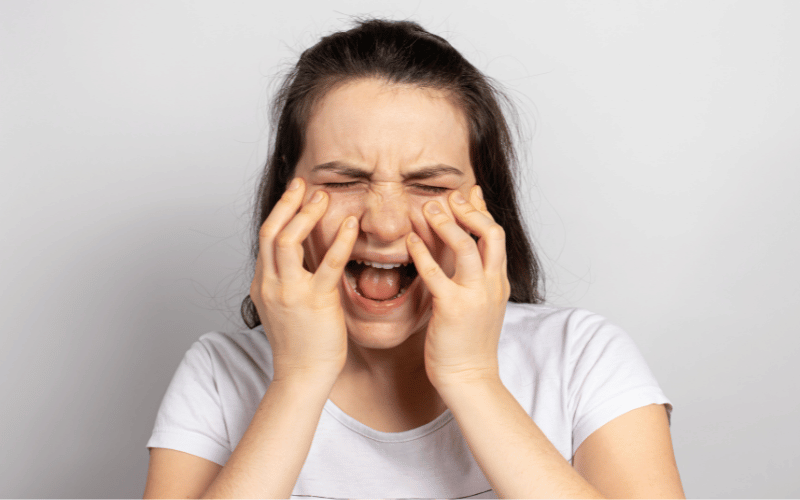3. Postherpetic Neuralgia (PHN): The Lingering Echo of Shingles

For some individuals, the conclusion of a shingles outbreak doesn’t signify the end of their ordeal. A percentage of shingles patients will develop postherpetic neuralgia, a complication characterized by persistent nerve pain. The pain associated with PHN can be debilitating, affecting daily life and overall well-being.
The reason behind PHN’s emergence is the damage the shingles virus inflicts on nerve fibers. This damage results in scrambled or erroneous pain signals being sent to the brain. The ensuing pain can be burning, sharp, or jabbing, and in some cases, even the touch of fabric or a gust of wind can induce pain.
Factors that increase the risk of developing PHN include age, the severity of the initial shingles rash, and the location of the rash. The older the patient and the more severe the shingles episode, the higher the likelihood of developing PHN. Similarly, individuals who had the shingles rash around their eyes are more likely to experience PHN.
However, it’s not all gloom when it comes to PHN. Over time, its symptoms usually decrease in intensity. While it’s undeniably one of the more severe complications linked to shingles, understanding its nuances is pivotal in managing it effectively. (3)